We take large and complex environmental and climate data and turn it into clear and simple insights enabling customers to make better informed land and property decisions.


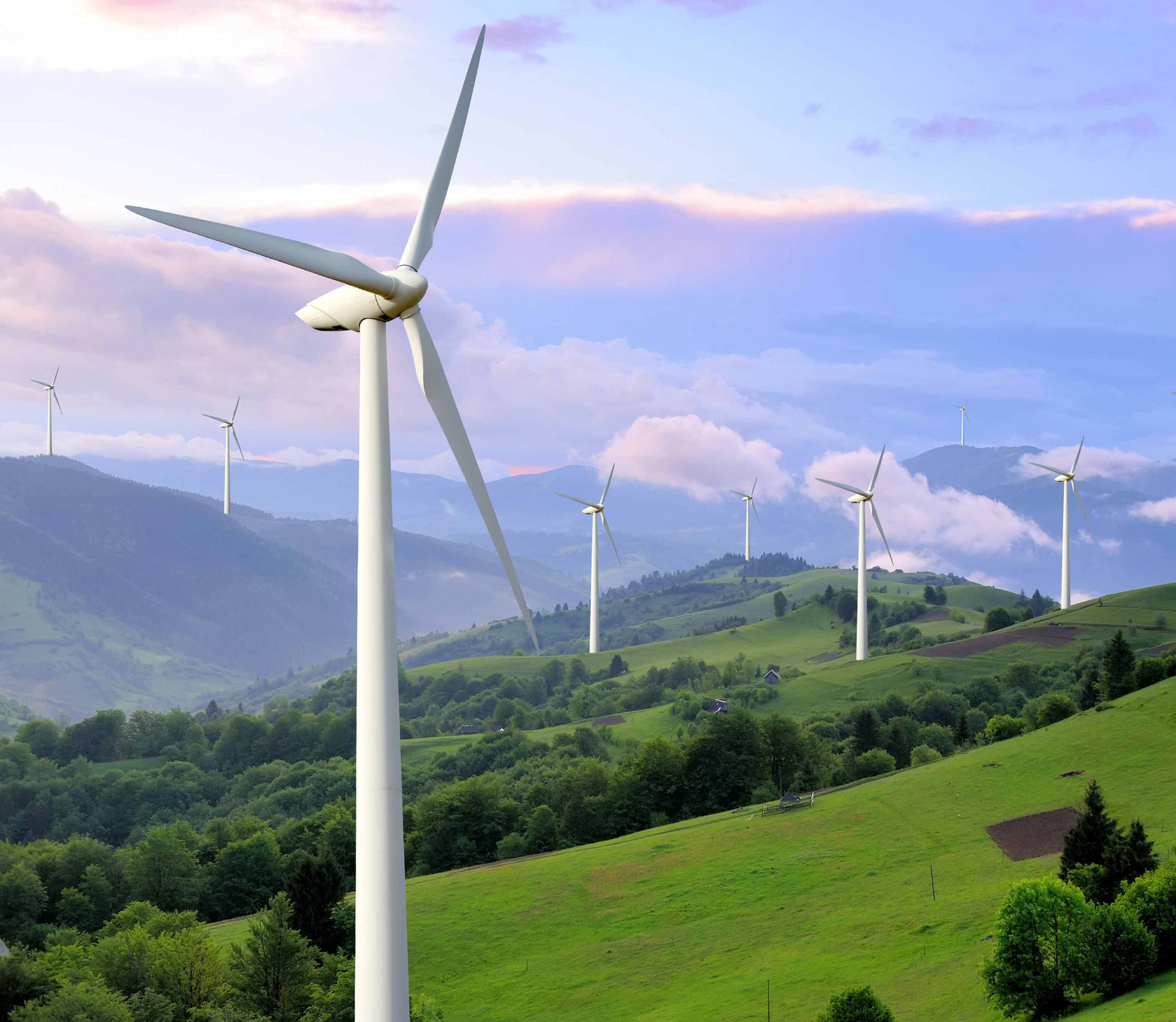
Serving a Greater Environmental Purpose
We not only help our clients understand environmental risk, we live and act in unison with our environment in a shared responsibility to reduce the impacts of forward climate change. Our culture, leadership and operational philosophy places people and planet alongside profit to better educate and improve sustainable decisions.
Discover moreIntelligence Optimised
groundsure.io
Your Window on Environmental Risk
groundsure.io is our free, trusted data viewer that allows you to view data layers including flood risk, geology, boreholes, hydrogeology, mining, past and present landfills, radon, environmental designations (e.g. nature reserves etc), cultural designations (e.g. listed buildings, conservation zones etc) and topography (LIDAR).
We’ve recently updated the design to create a seamless experience for both desktop and mobile.
Simply register for your free account and start your journey now.
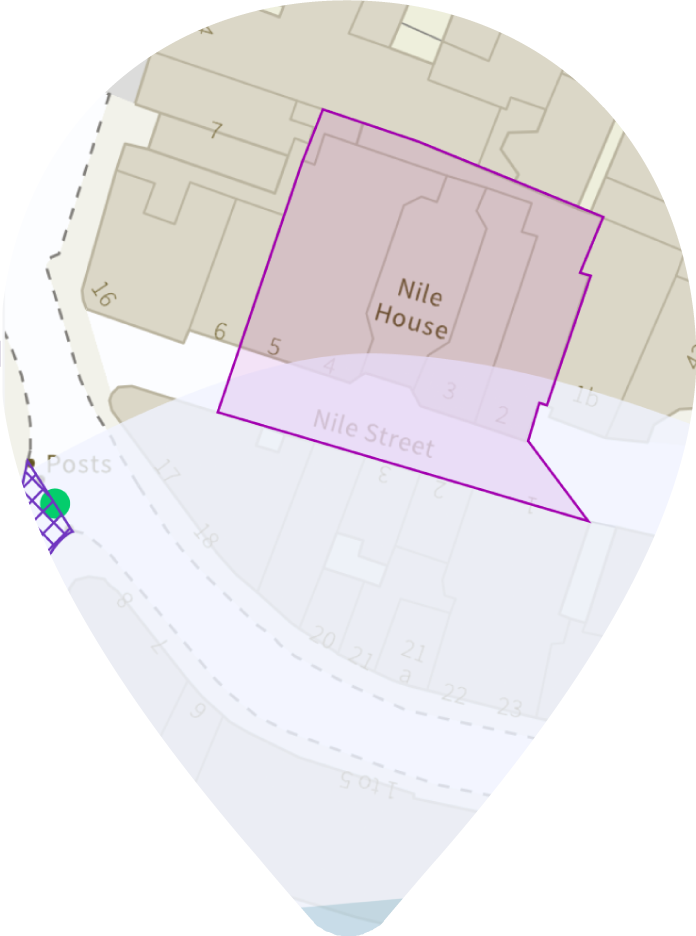
ClimateIndex™
Compliance and due diligence for climate risks in property transactions
Climate change represents one of the greatest threats to property assets, communities and businesses. With Law Society Guidance in place, conveyancers and commercial real estate lawyers need to provide clarity on physical and transitional risks that could affect their client’s transaction. With ClimateIndex™, it’s all there at no extra cost in our key environmental searches.
Law Society Guidance on Climate Risk
The new Law Society Guidance on Climate Risks has now been published. This important document helps lawyers and conveyancers understand how to approach advising clients about the potential impact of climate change.
Property transactions are perhaps the most exposed to these risks for the client and the firm in terms of potential litigation risk.
Download our summary guide to the Guidance now to find out how you can ensure you and your team can use climate data and advice in a compliant and effective manner.
Download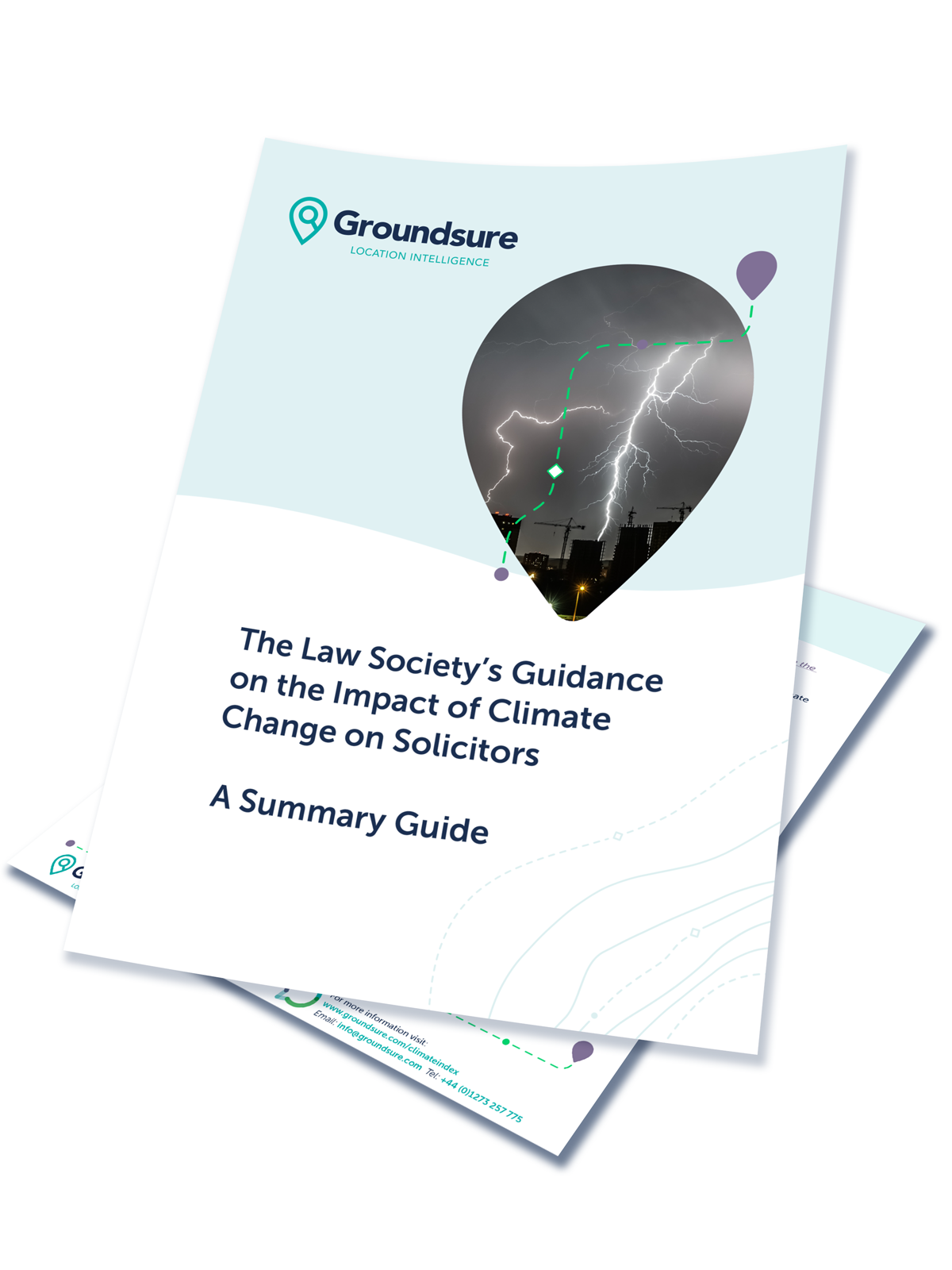
Understanding the ClimateIndex™ rating and which clause to use
We are pleased to announce that following further extensive market testing and feedback, we have made some changes to the presentation of our ClimateIndex™ climate analysis.
ClimateIndex™ is included automatically in our Homebuyers and Avista residential reports, as well as both of our commercial reports.
Find out more and download the updated client care clauses now.
Find out moreTowards a Resilient and Sustainable Future
Find out moreConveyancers’ Duty of Care to Advise Clients about Climate Risk
Risks change over time. Climate risk analysis is now an essential part of understanding the forward risk on clients’ land and property transactions.
Now, exclusive to Groundsure, one of the UK’s leading environmental law practitioners, Stephen Tromans KC, has released his legal opinion on a firm’s duty of care to advise residential and commercial property clients on climate risk. It’s essential reading for all conveyancing practitioners and available to download free now.
Download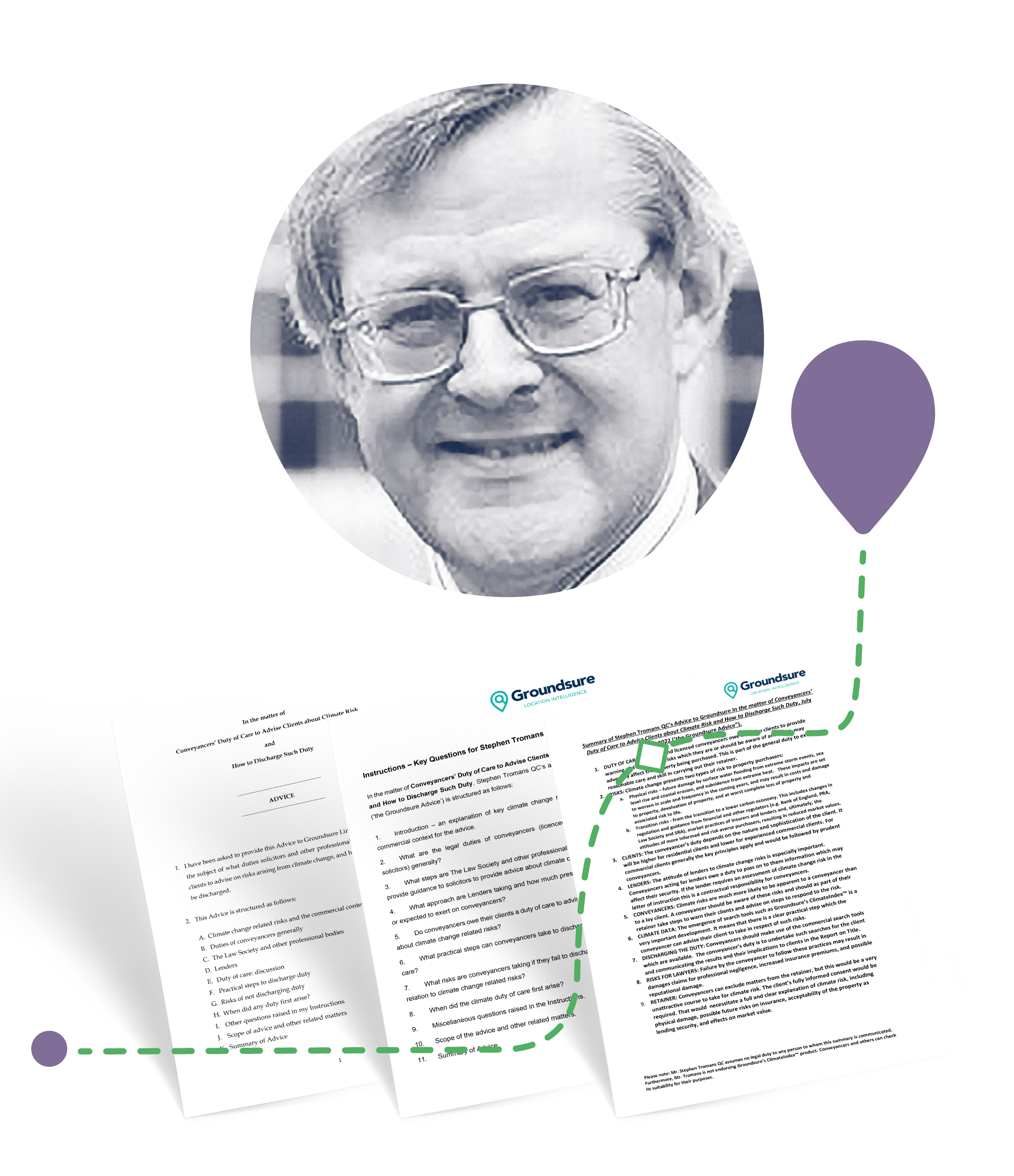
Join the team
We are always growing and innovating and constantly looking for the best talent in the market. If we sound like the kind of place that fits your ambitions and mindset, come and take a look at what opportunities are available.
Our latest videos on Youtube
Groundsure...In Conversation: Why Become B-Corp Certified?
Watch videoHow ClimateIndex™ can help you advise your clients on climate risks in property transactions
Watch videoGroundsure...In Conversation: Episode 2 - Building B Corp, a Cornish business perspective
Watch videoMeeting the Challenge of Climate Risk Guidance
Find out free, exclusive insights from leading industry policy makers and expert climate commentators in our latest whitepaper.
Download the free whitepaper now.
Download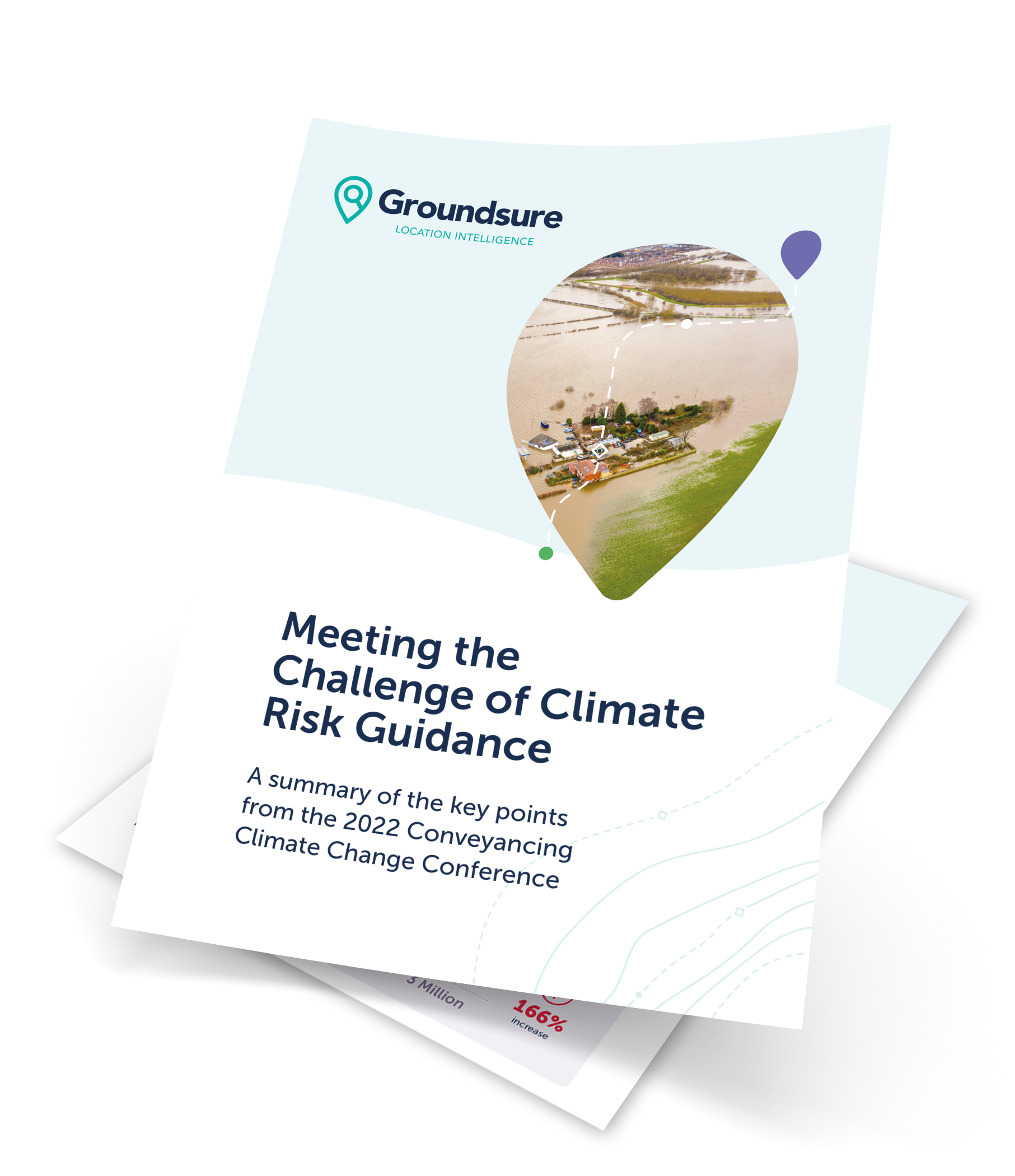
Latest News & Blogs
We regularly publish a wide range of articles, news and case studies - why not keep ahead on the latest updates and guidance for your sector?
View more
Coastal Flooding That Eclipsed all Others

Brownfield First: Dusting off Old Promises?

The Holme Fen Posts: Sentinels of a Sinking Land

Not a Place of Honour: Secrets in Cornwall’s Cliffs

How do we turn Climate Transition Risks into Positive Change for Clients?
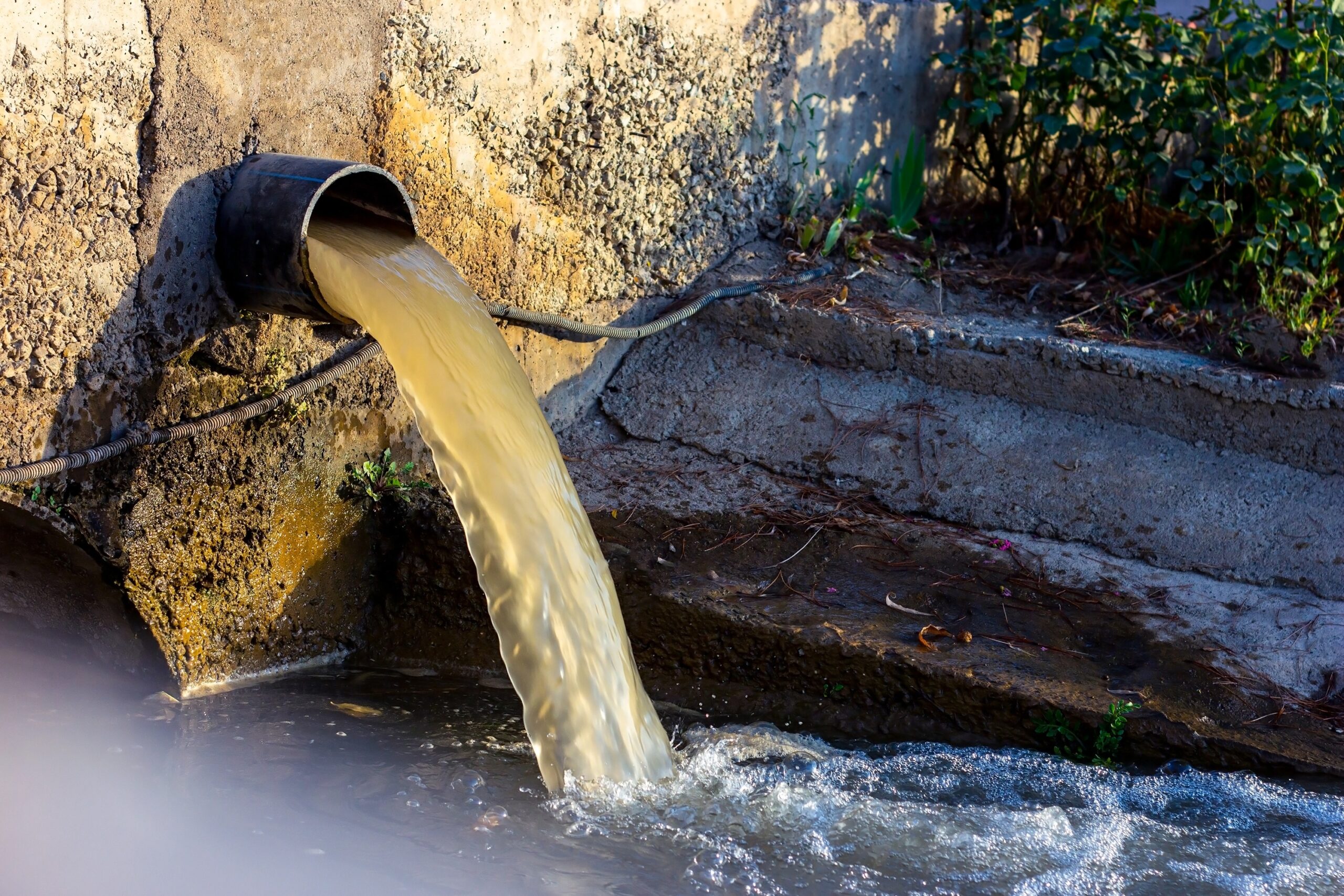
Environmental Permitting Regulations: Agency could levy uncapped liability Variable Monetary Penalties

Climate Transition Risks – What are they and how are they Relevant to Conveyancers?
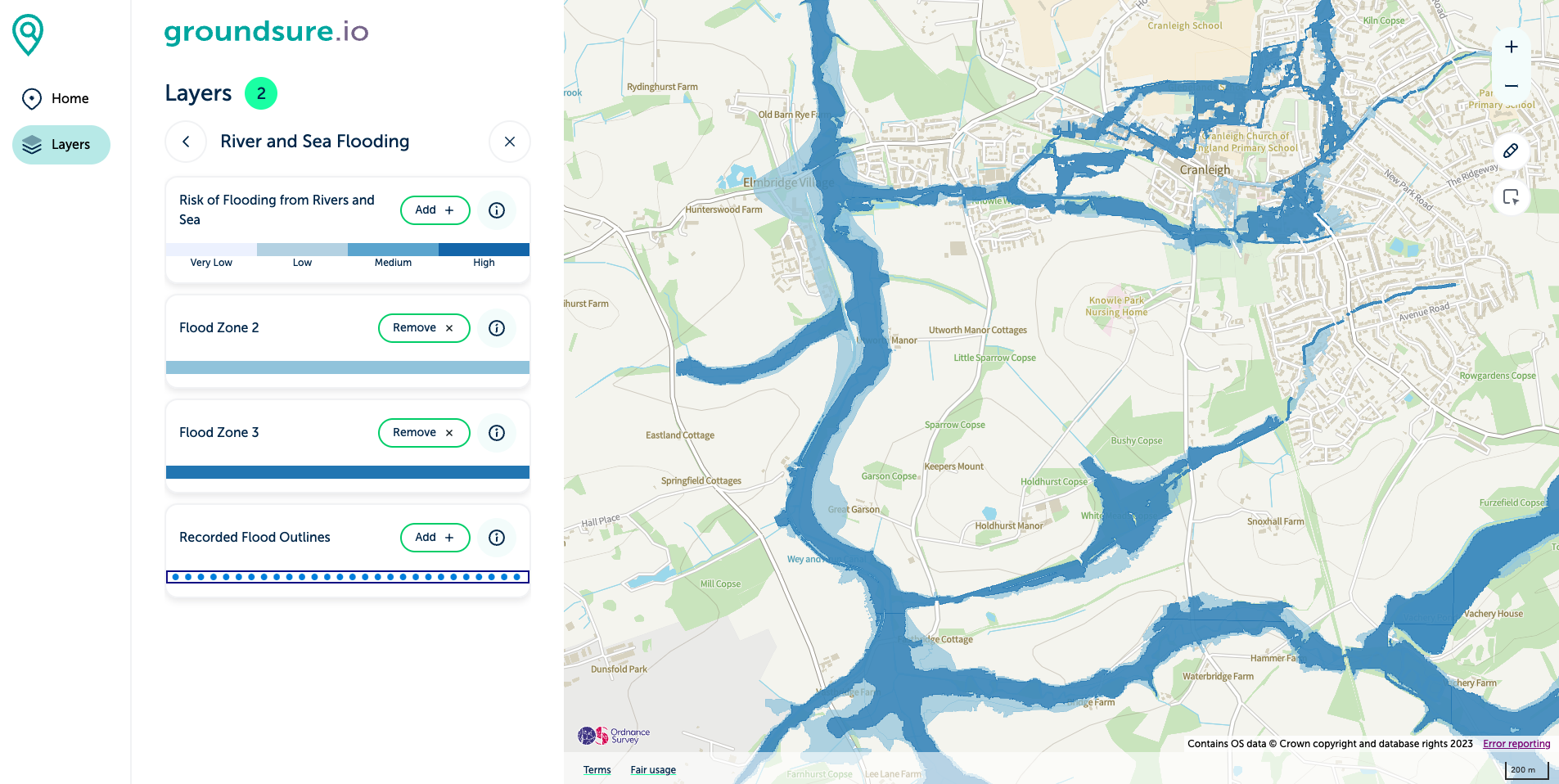
Groundsure launches enhanced free data viewer for site environmental appraisal
Groundsure Launches Comprehensive new suite of Transition Risk Property Analyses

Fostering Inclusive Connections and Growth: Insights from Our Recent Conference

Groundsure demonstrates its ESG commitment as a Certified B Corporation
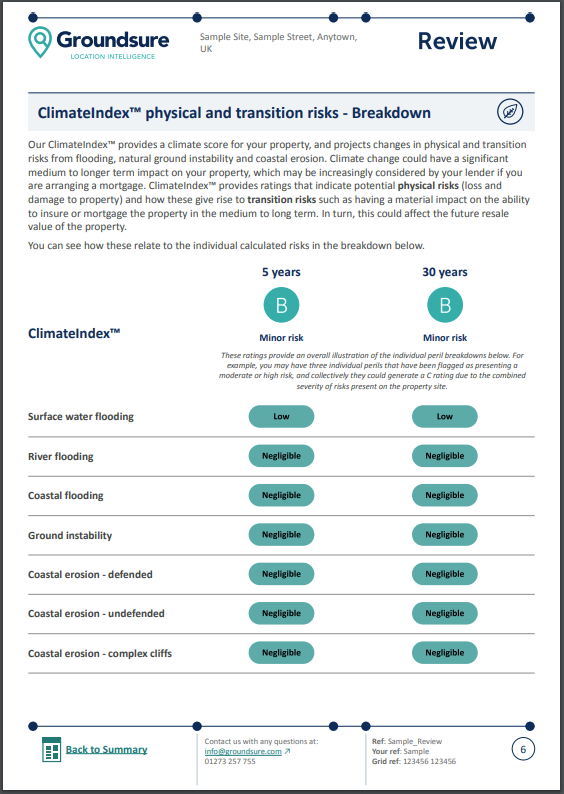
Interpreting Climate Search Results for Property Transactions

The Crooked House: A Sad Demise to a Proud Emblem of Mining
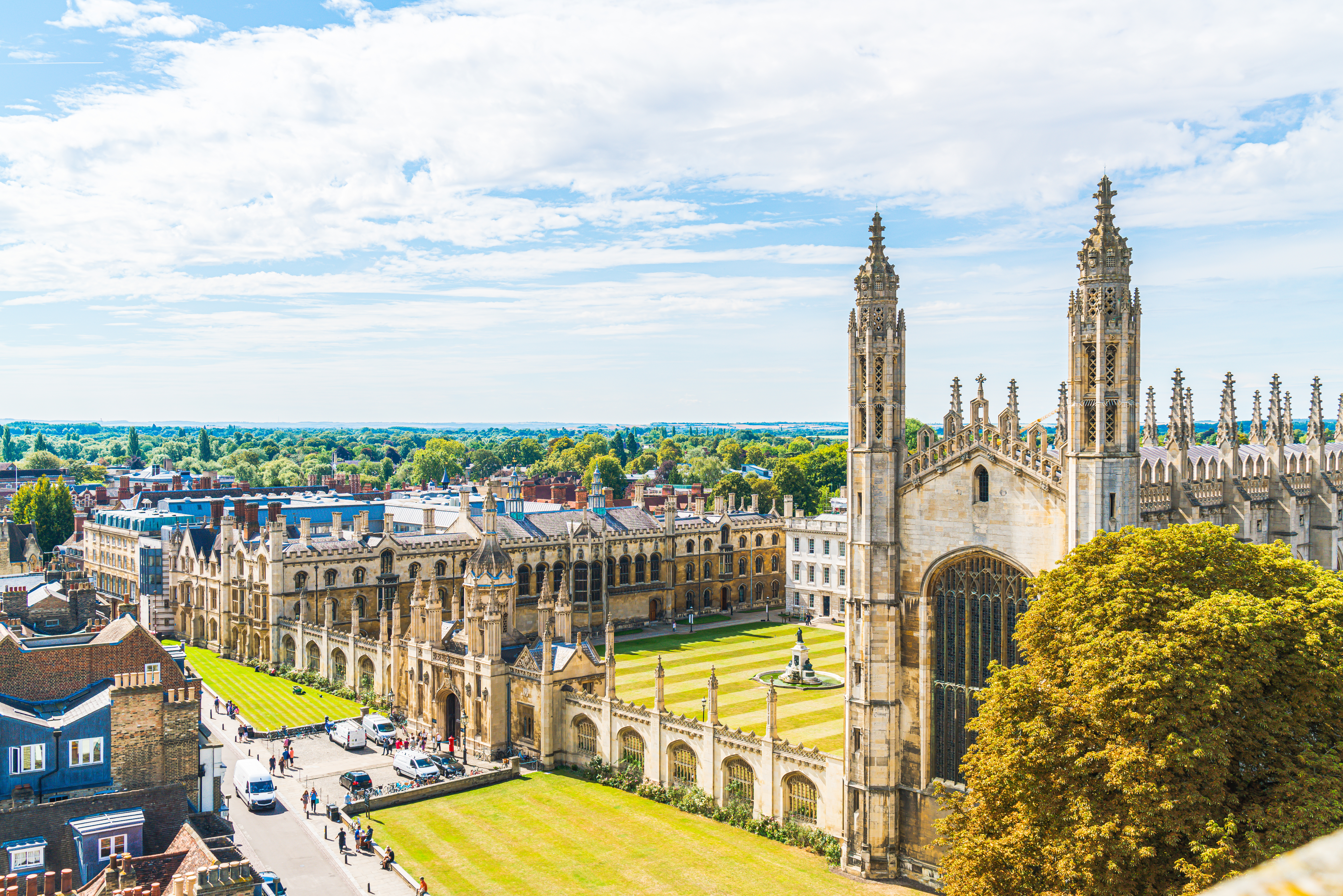
Coprolite: Mining for Poo in Cambridge
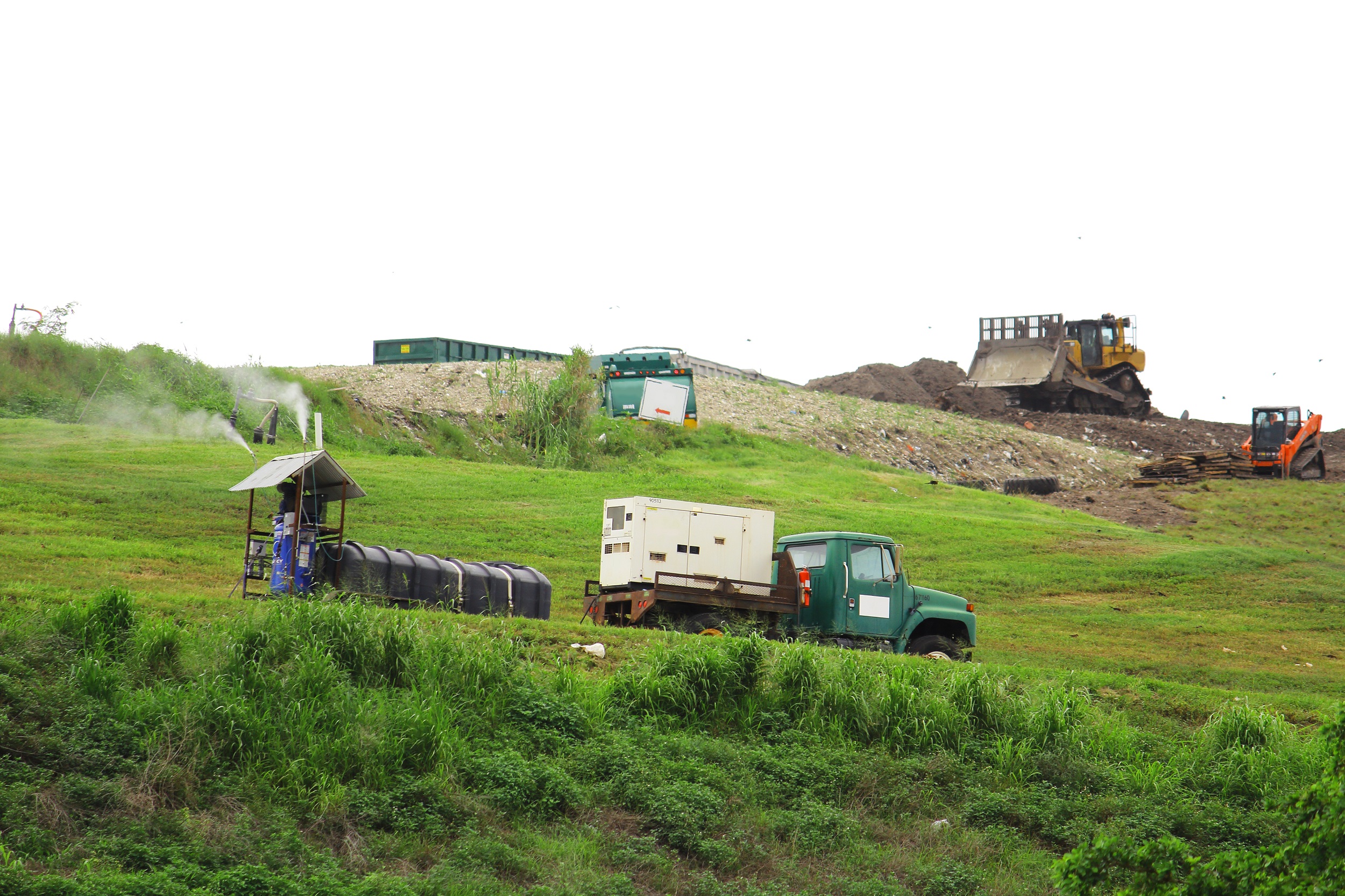
Understanding Permits and the Impact to Commercial Transactions
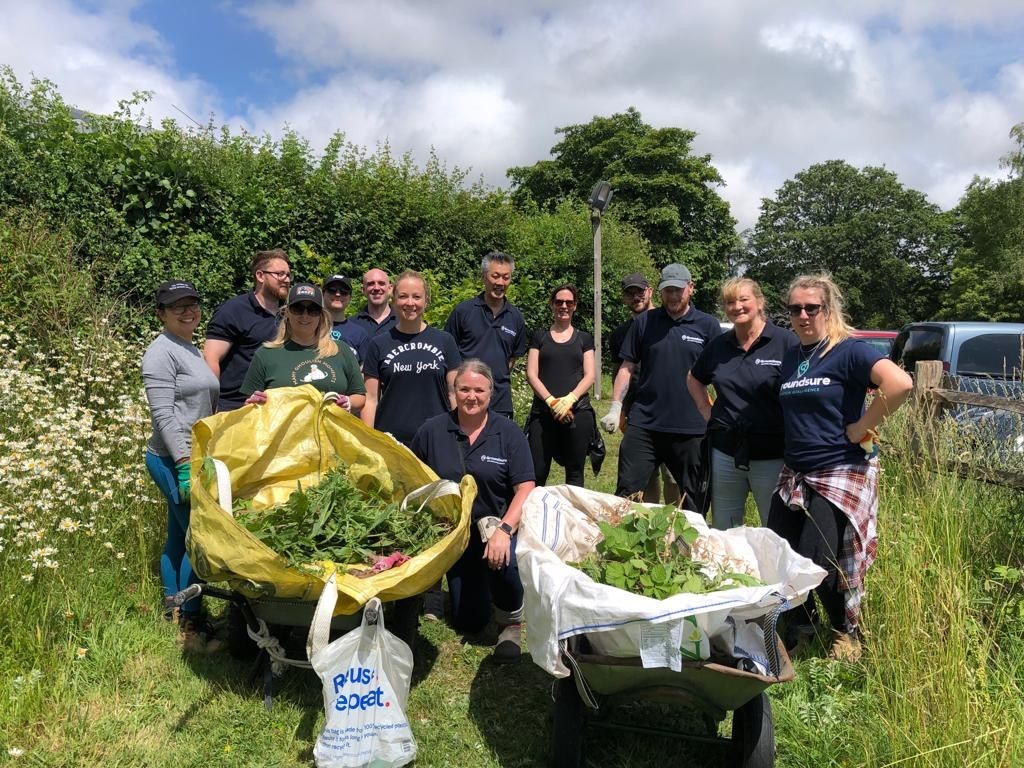
Groundsure deepens its community charity support
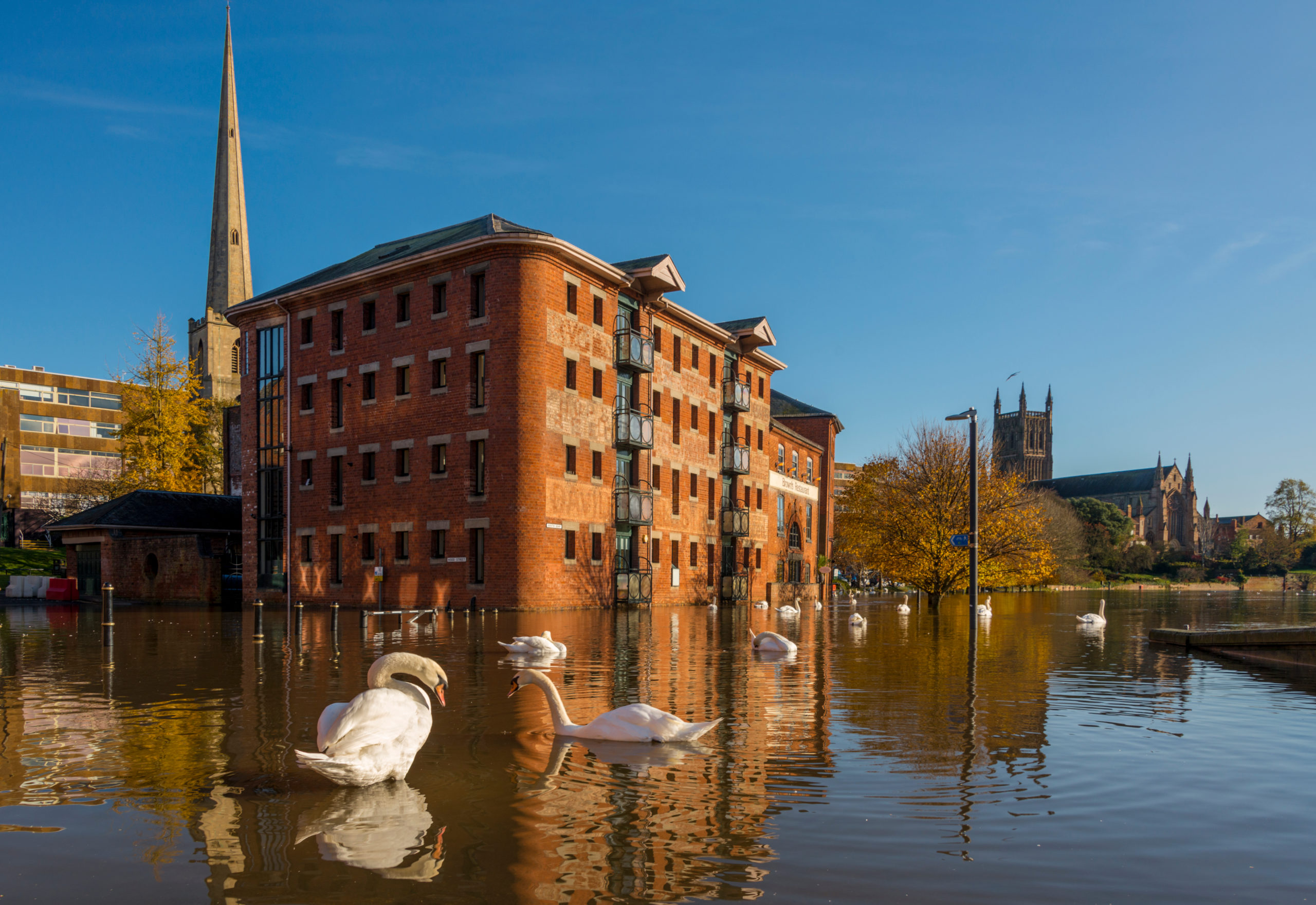
Climate Risk and the Retainer – In or out?
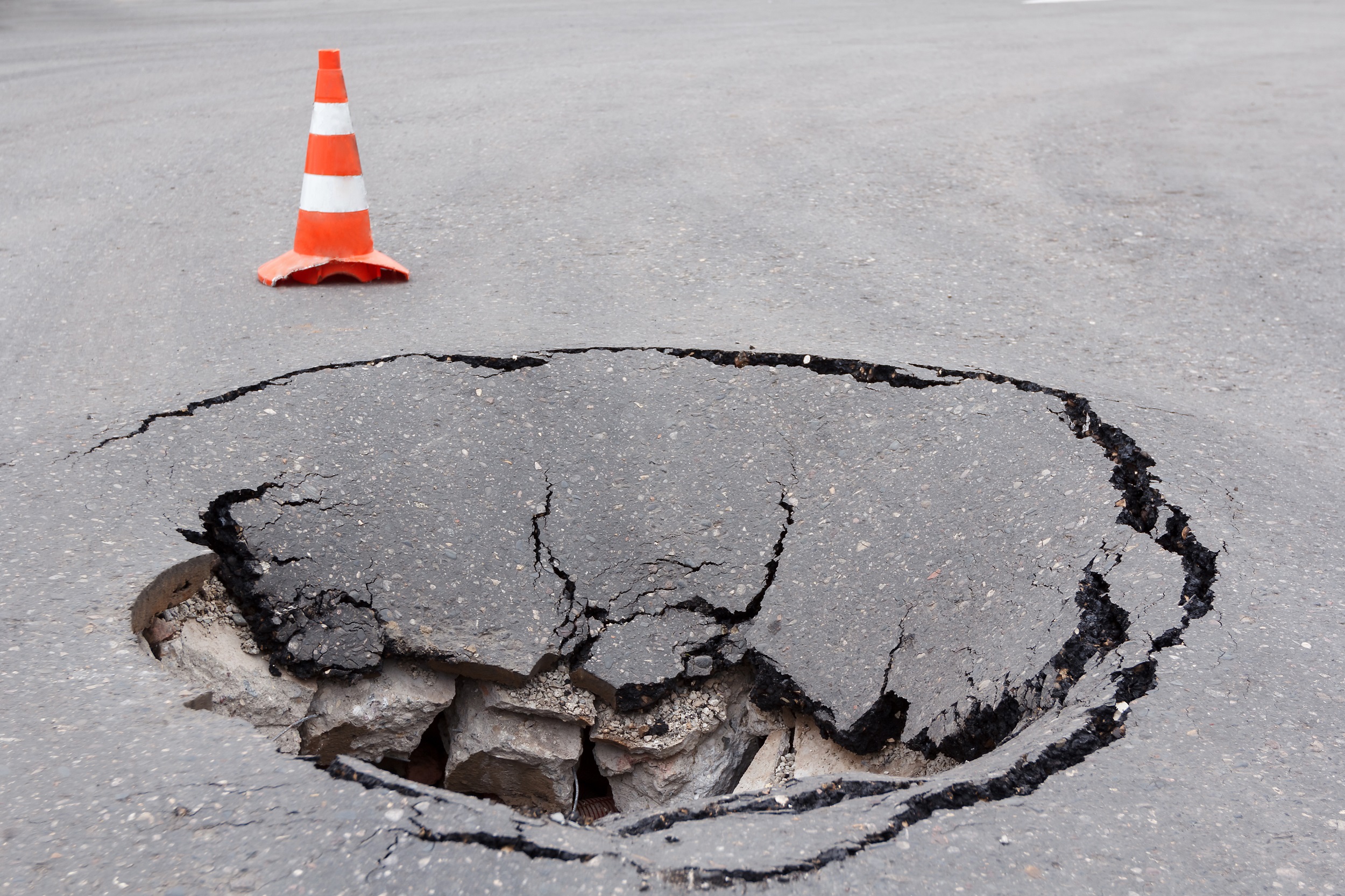
New Mining and Sinkhole data added to Insight Data Packs

The Southall Stench: Is there a better way to manage public health in long term brownfield developments?

What are COMAH sites and why should I care?
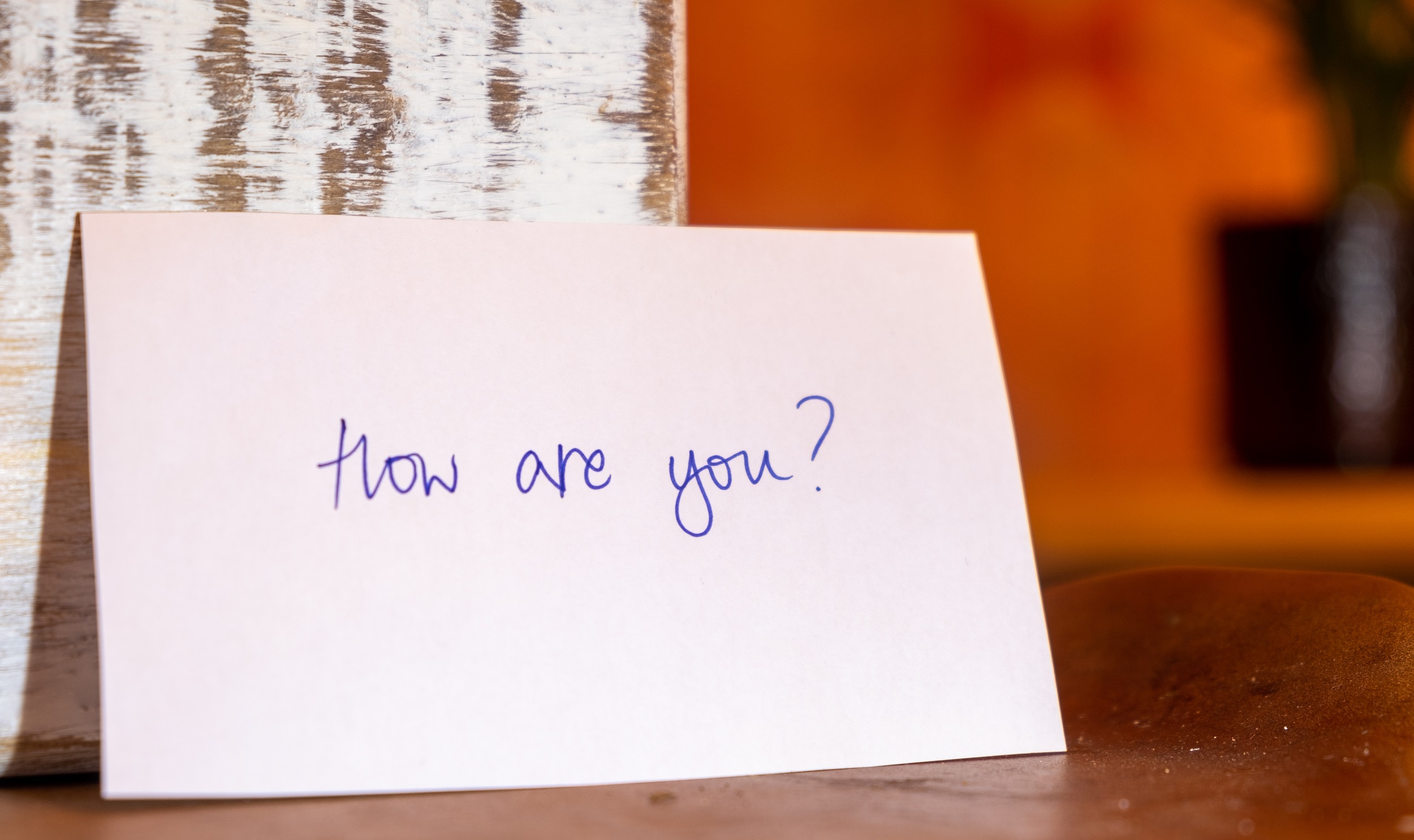
Workplace Mental Health First Aid: A perspective.

Groundsure to offer conveyancers climate risk training in conjunction with Legal Eye

Groundsure Launches Brownfield Site Viability Tool
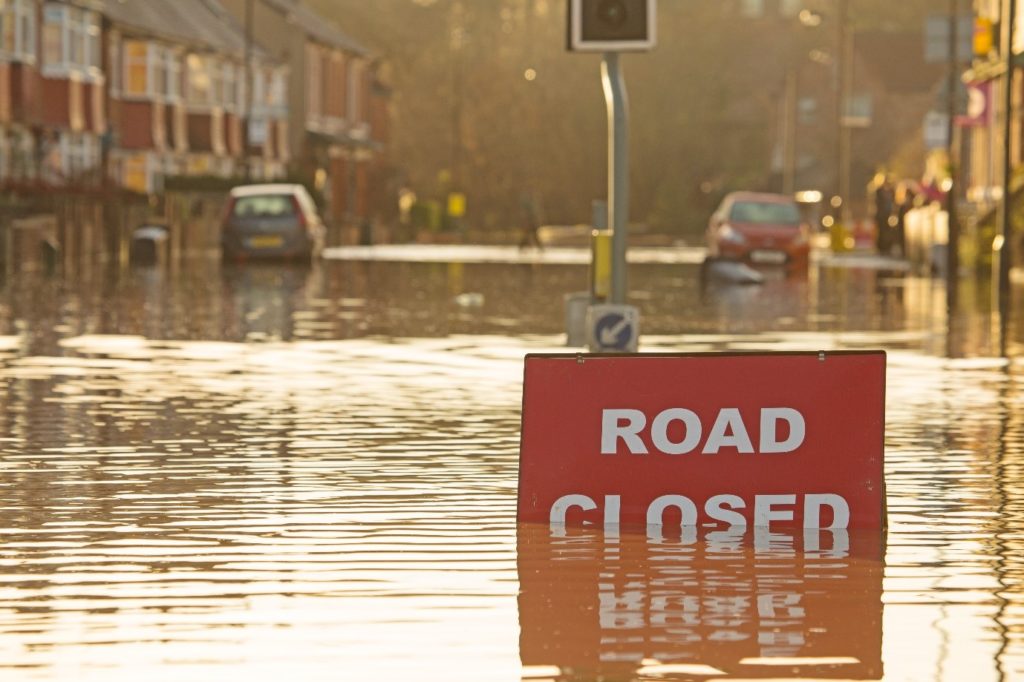
News: Amendments to the Environmental Permitting Regulations 2016

Groundsure-Sponsored Camborne RFC U16s win the County Bowl
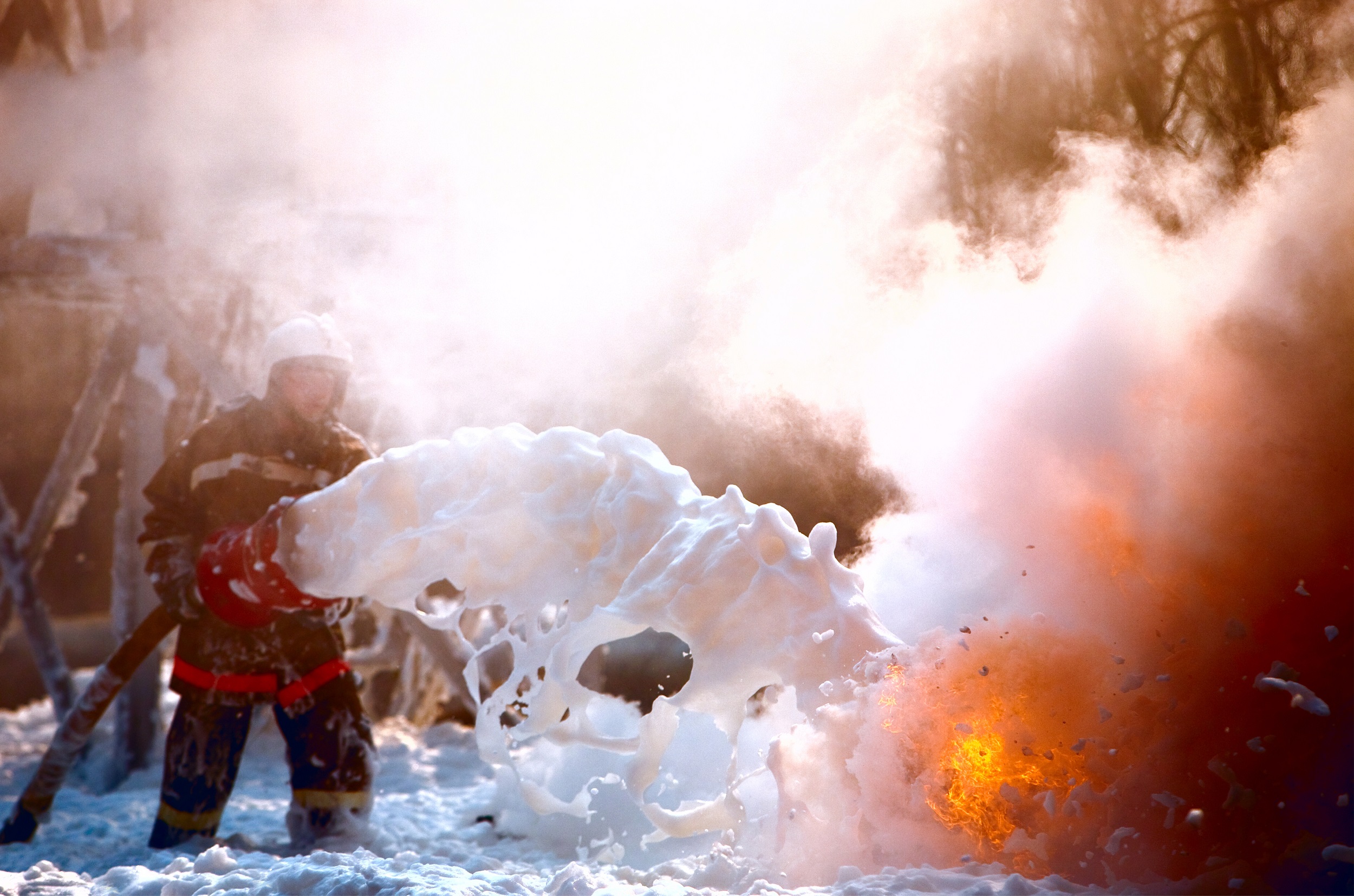
PFAS: A Long Lasting Legacy
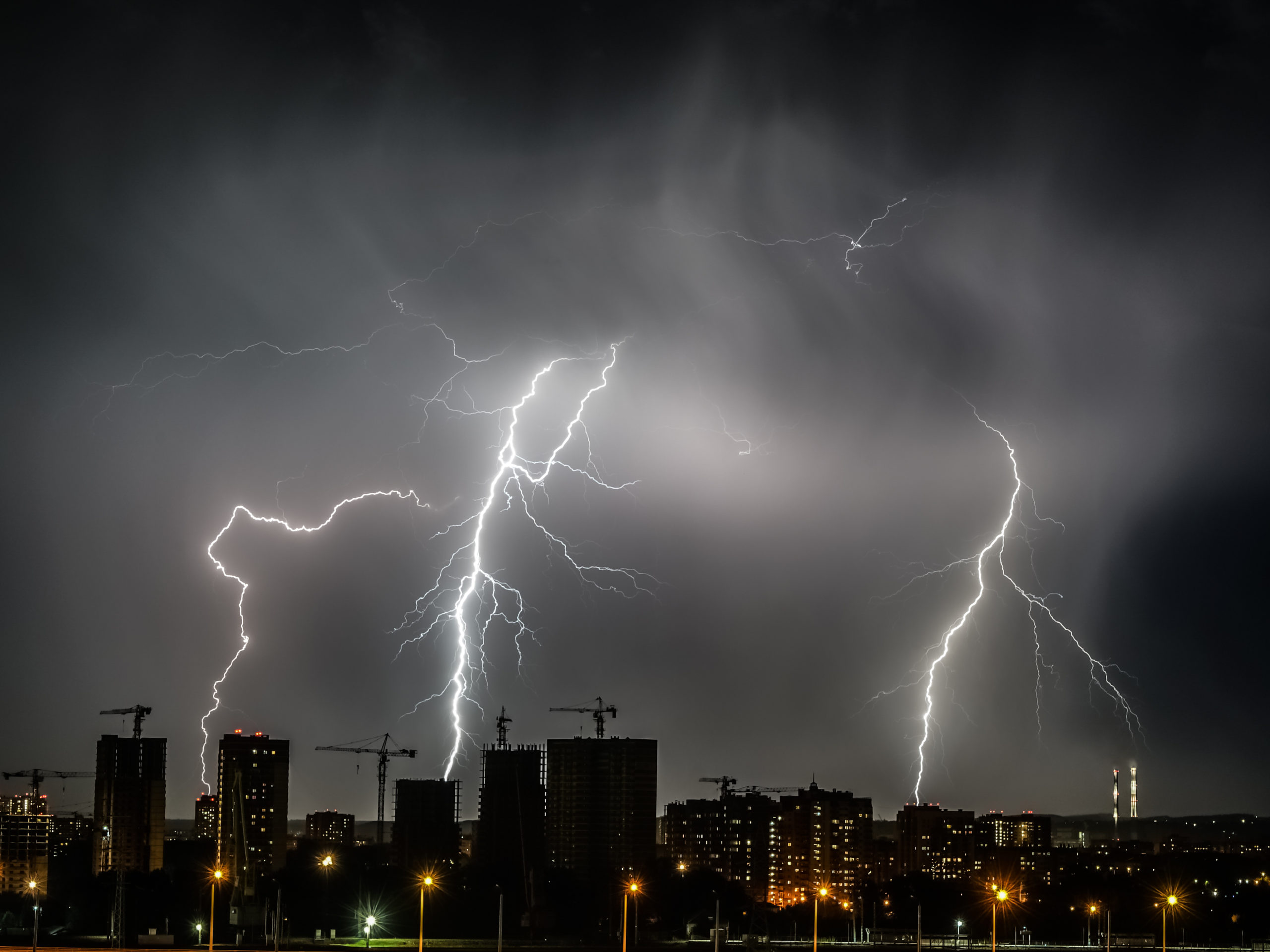
Law Society Climate Risk Guidance: Reaction from Groundsure
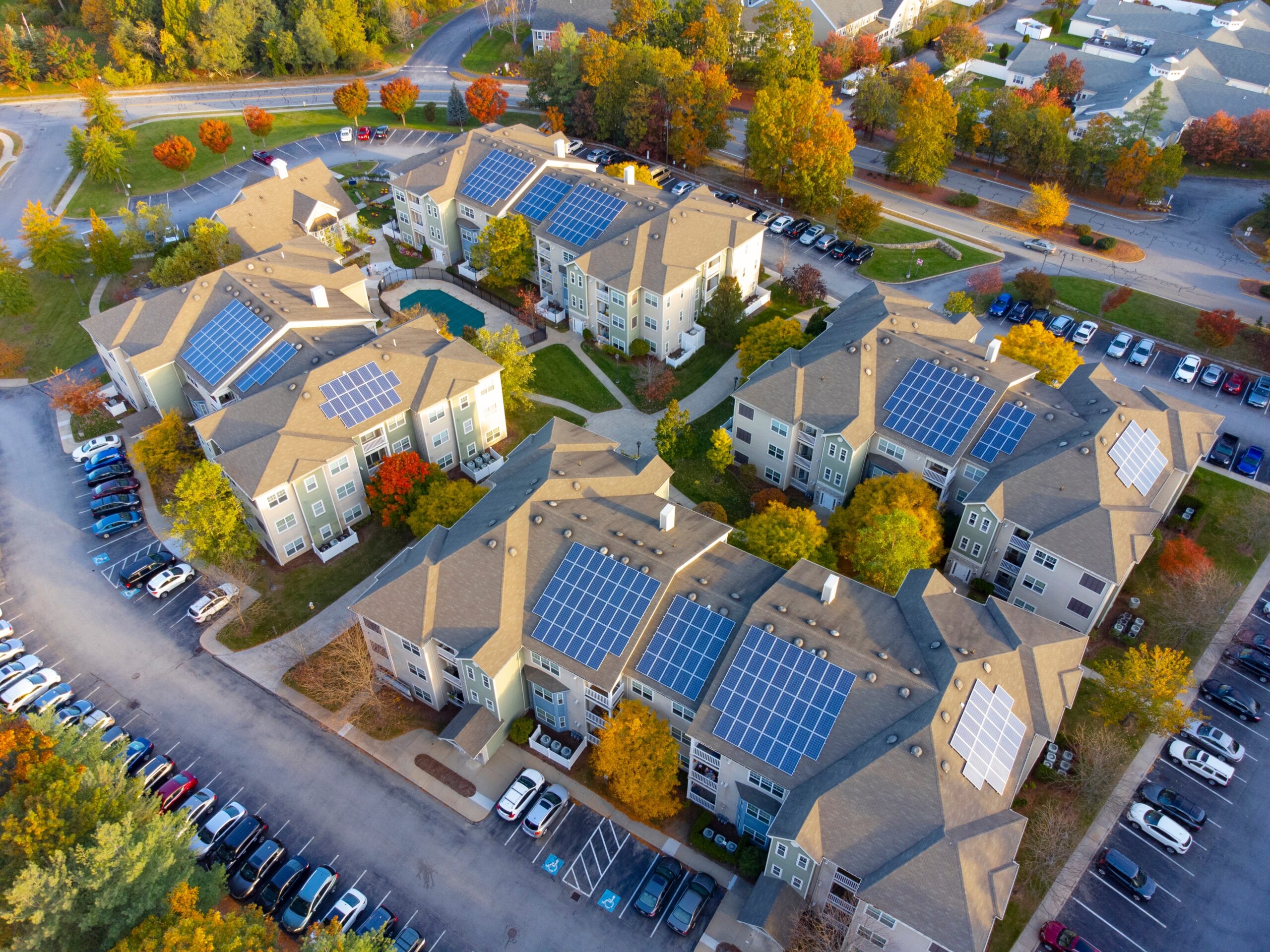
Climate & transitional risk – who will take charge?
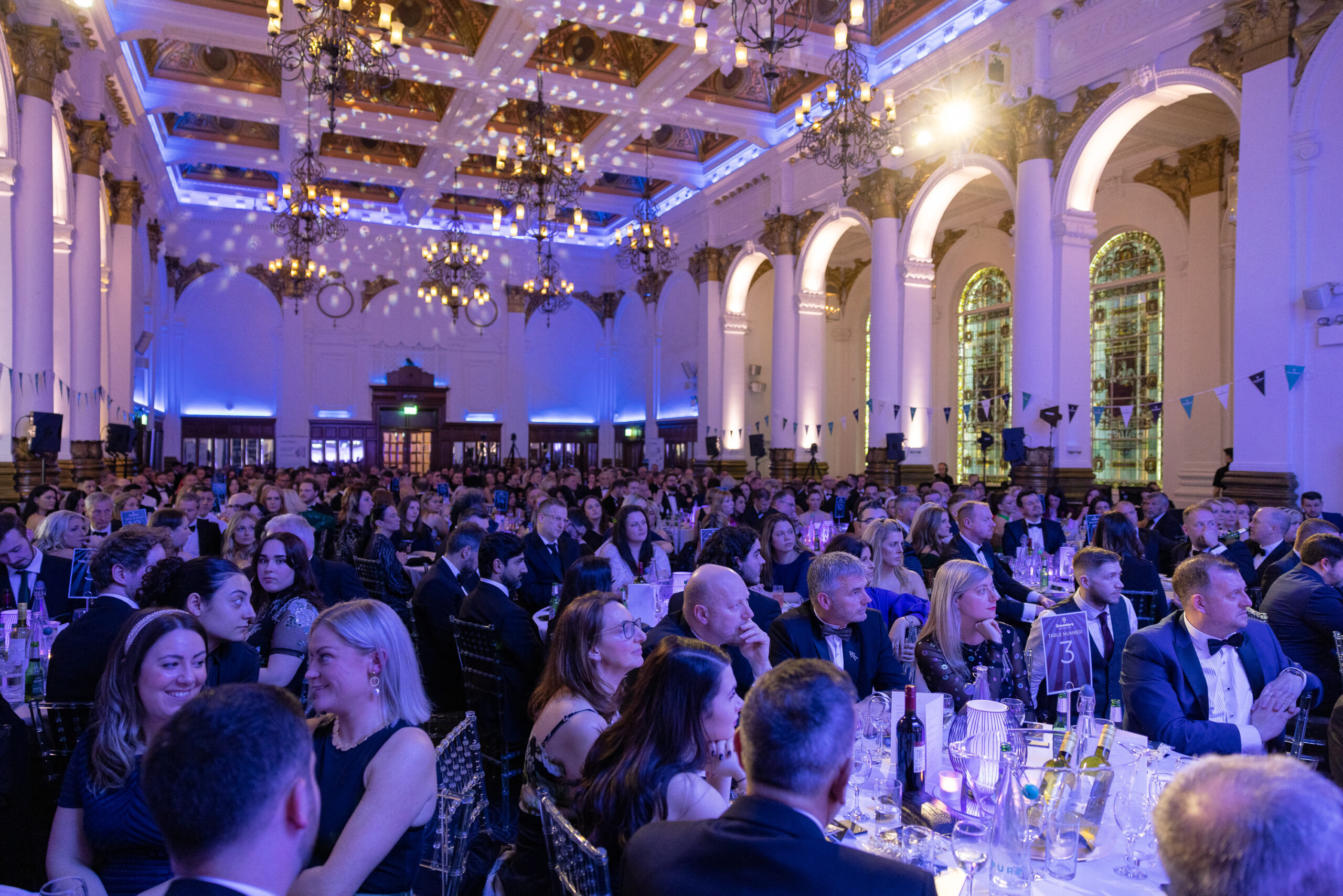
March in Review: Support for our Superheroes

Women in History Month: A leading lady in the world of cartography

Groundsure Answers the Public…on Flooding
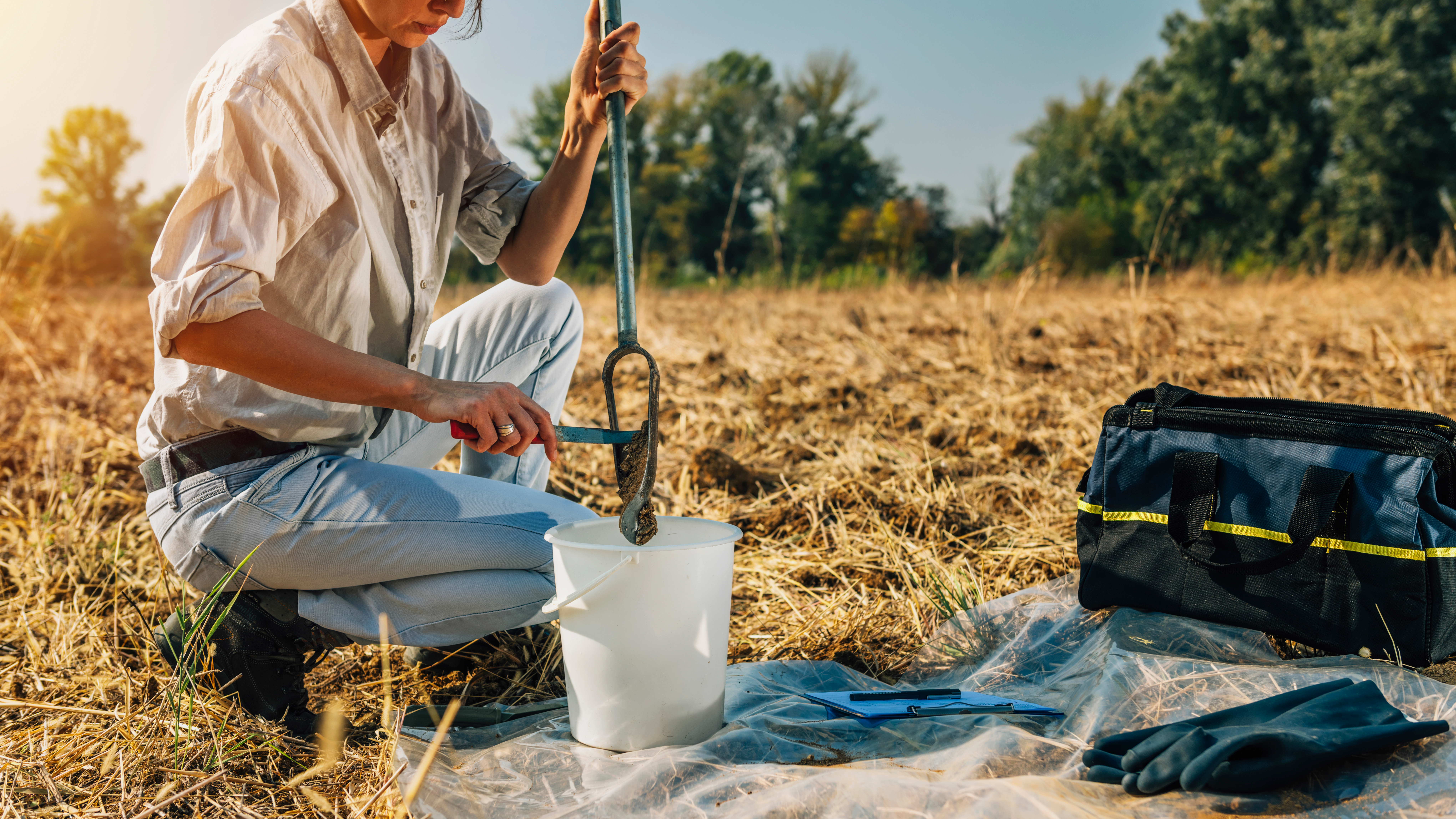
Women in History Month: Judith Denner – Originator of Part2A Environmental Protection Act Legislation

Survey: Brokers put 2022 behind them and acknowledge conveyancers “vital” to industry
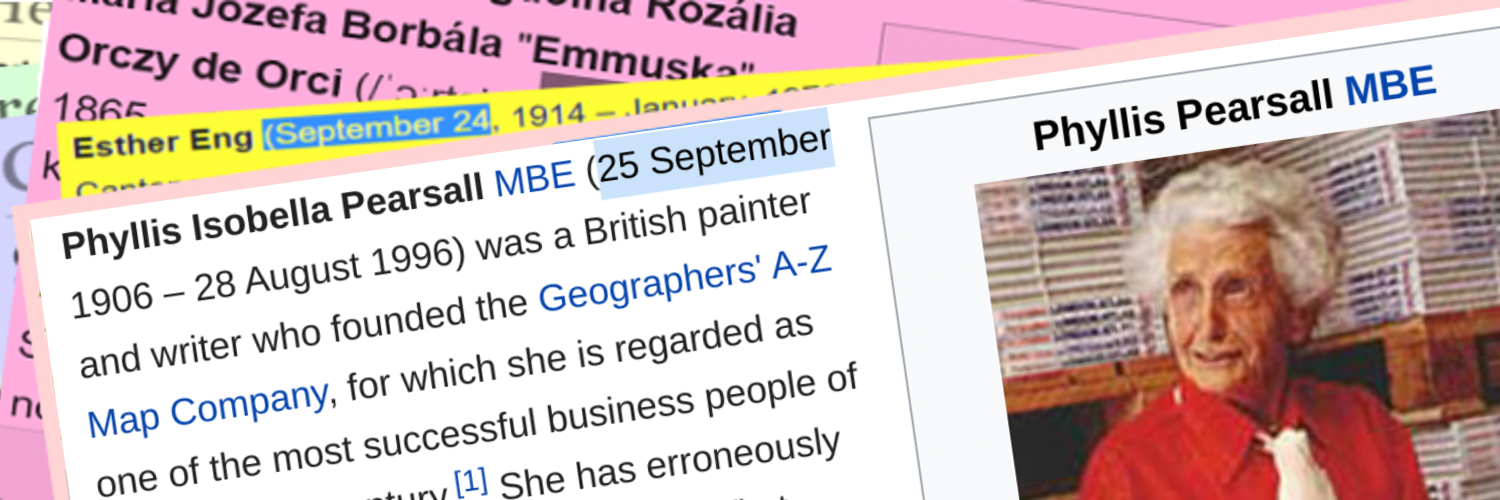
Women in History Month: Phyllis Pearsall – Creator of the iconic A-Z Mapping
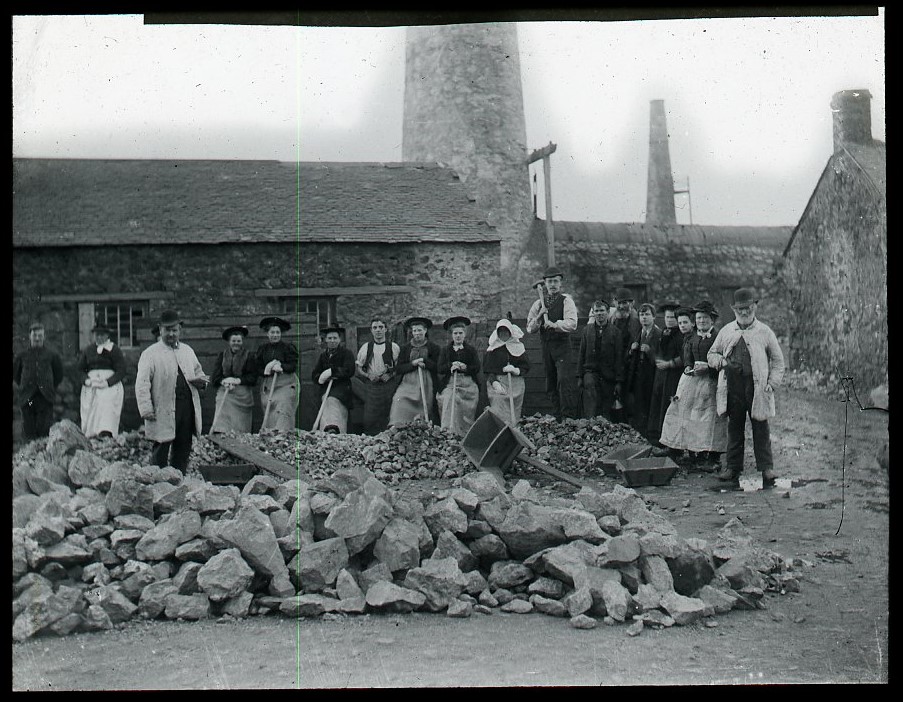
Women in History Month: The role of the Cornish Miner’s “Married Widow”

Supporting the local community

Natural Flood Management with the Sussex Flow Initiative
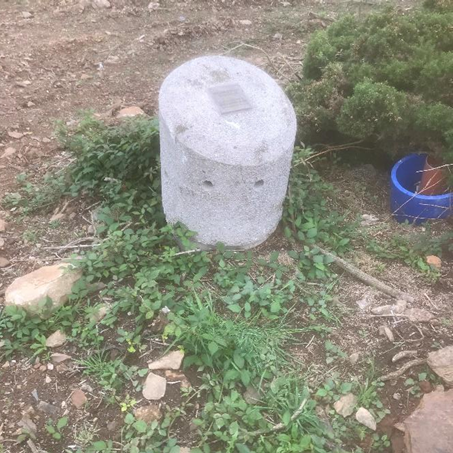
The effect of Cornish Mining on Development sites
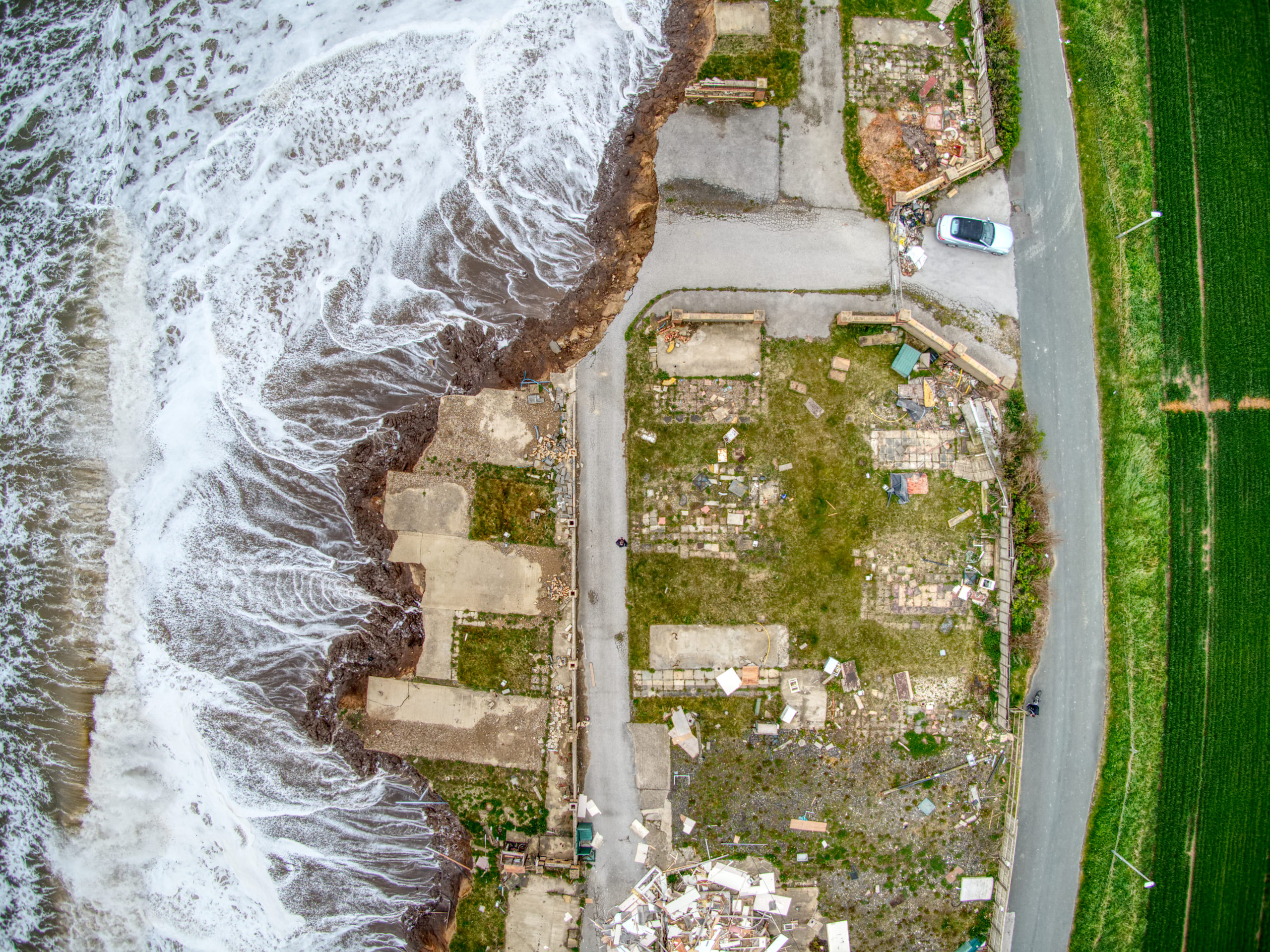
Coastal Erosion and Landfill Exposure: Future Impacts of Climate Change

The Climate Year – COP, Climate Duties and Analysis for Clients

The Wave Project – Providing mental health support through the joys of surfing
Important change to radon data in our reports and data packs







